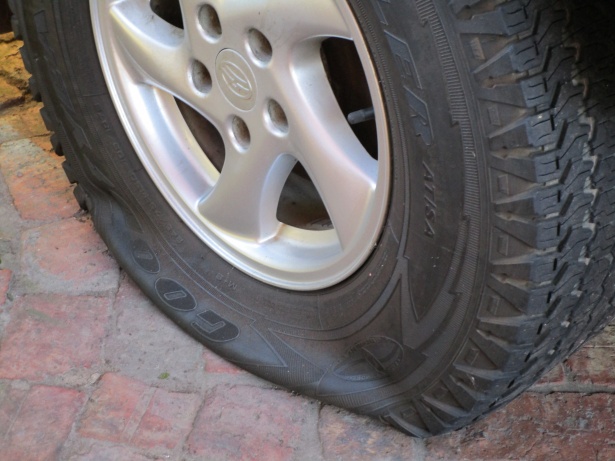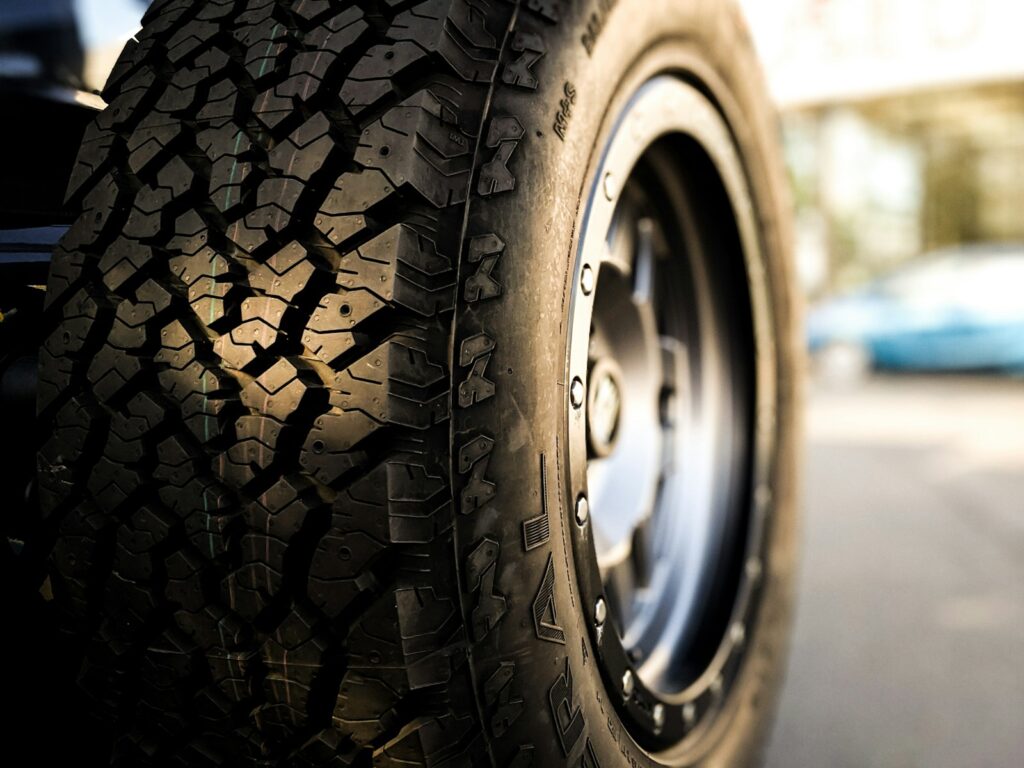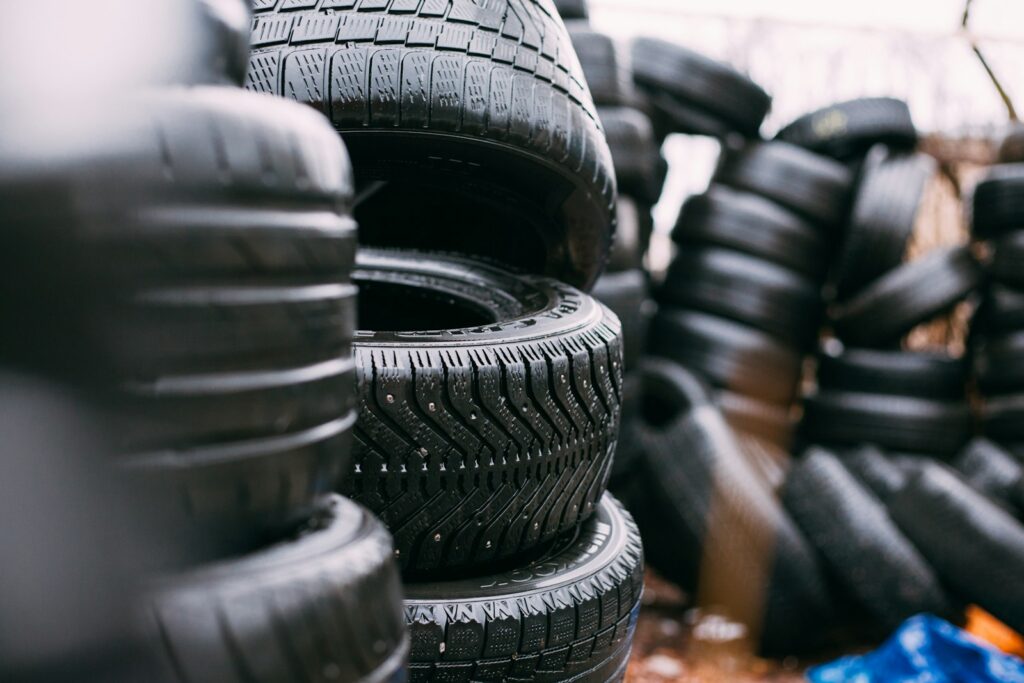
It’s a scenario many drivers, especially those with high-performance vehicles, know all too well. You hop into your car after it’s been parked for a while, turn the key, and instead of the smooth, controlled ride you expect, you’re met with an unsettling series of bumps, thumps, and vibrations. This isn’t just an annoyance; it’s a clear sign of tire flat spotting, an issue that can compromise your vehicle’s performance, safety, and the lifespan of your valuable tires.
Flat spotting occurs when the weight of your car presses down on the same spot of a tire for an extended period, causing the rubber to deform and flatten. While this can happen to any tire, high-performance tires, with their softer, more flexible rubber compounds designed for superior grip and cornering, are particularly susceptible. The rubber stiffens, especially in colder temperatures, and those flattened areas translate into an uneven and bumpy ride once you start moving.
But the good news is that flat spotting is largely preventable. Understanding what causes it and implementing a few simple, actionable strategies can make all the difference. This comprehensive guide, crafted with the insights from automotive specialists, will walk you through nine essential ways to keep your high-performance tires perfectly round, ensuring a smoother, safer, and more enjoyable driving experience every time you hit the road.
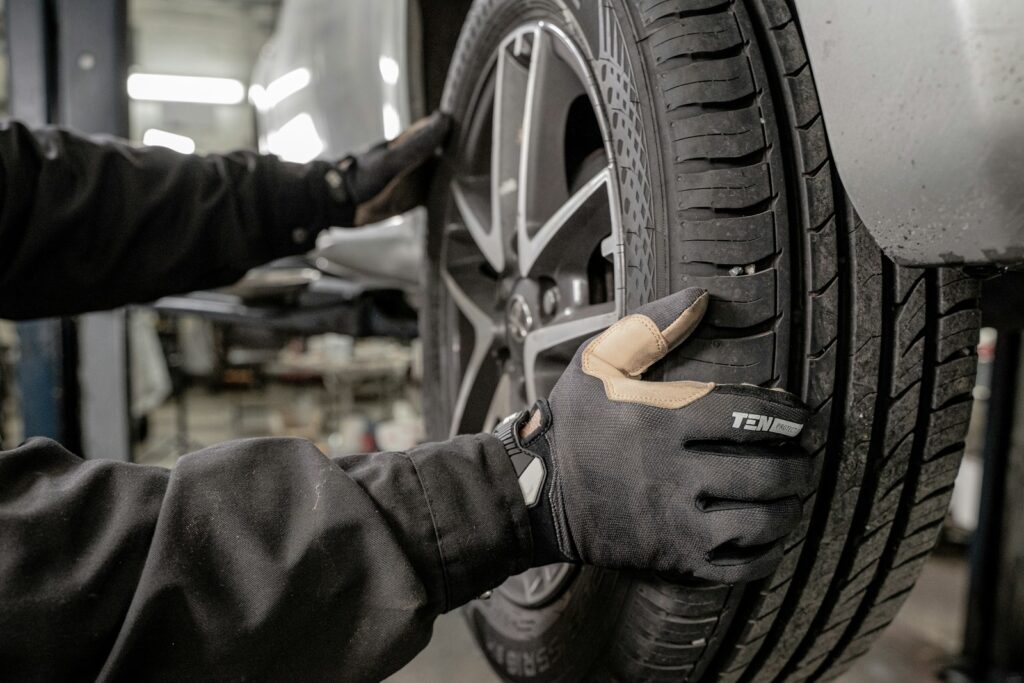
1. **Regularly Drive Your Vehicle**Even if your vehicle isn’t a daily driver, taking it for short, regular trips is one of the most effective ways to prevent flat spotting. The constant pressure of your car’s weight on the same spot of the tire, especially during prolonged stationary periods, is a primary culprit behind tire deformation. Moving the vehicle, even for a few miles, redistributes this pressure and allows the tire to flex and regain its natural, round shape.
Think of it as giving your tires a gentle workout. These short excursions help to warm up the rubber, making it more pliable and less prone to hardening into a flat spot. This practice is crucial if you anticipate parking your vehicle for an extended duration, whether it’s for a vacation, seasonal storage, or simply due to remote work. Periodic movement ensures that no single section of the tire bears the brunt of the vehicle’s weight for too long.
Making this a habit, perhaps a quick errand every few weeks, can significantly reduce the risk of flat spots developing. It’s a proactive measure that prevents the rubber from taking on an unwelcome, flat memory. This simple act of driving helps distribute the tire’s weight and prevents flat spotting before it even has a chance to settle in, keeping your high-performance tires supple and ready for their next journey.
Read more about: Mastering Your Heavy-Duty Diesel: 15 Essential Fluid Checks for Peak Performance and Longevity
2. **Maintain Proper Tire Inflation**Correct tire pressure is not just about fuel efficiency or even wear; it’s a critical defense against flat spotting. Both under-inflated and over-inflated tires can make your vehicle more susceptible to this issue. When tires are under-inflated, the decreased pressure allows the tire to deform more easily under the vehicle’s weight, making them more prone to developing flat spots when stationary.
Conversely, over-inflated tires also present a risk. The extra air pressure increases the stiffness of the tire’s sidewalls, which can make it easier for them to form a flat spot when parked for an extended period. The goal is to hit that sweet spot of recommended pressure, which is usually found in your owner’s manual or on a sticker inside your car door. This optimal pressure ensures the tire can properly hold its load and maintain its structural integrity.
Regularly checking your tire pressure, ideally at least once a month, is a fundamental maintenance task that pays dividends in preventing flat spots and ensuring overall tire health. An accurate tire pressure gauge is an inexpensive yet invaluable tool for this. Adjusting the pressure as needed to meet the manufacturer’s specifications helps to evenly distribute the vehicle’s weight across the tire’s contact patch, significantly reducing the likelihood of deformation. Proper inflation is a straightforward, yet powerful, strategy in your arsenal against flat spotting.
Read more about: Money Moves: What We Can Learn from Celebrity Financial Wins and Woes
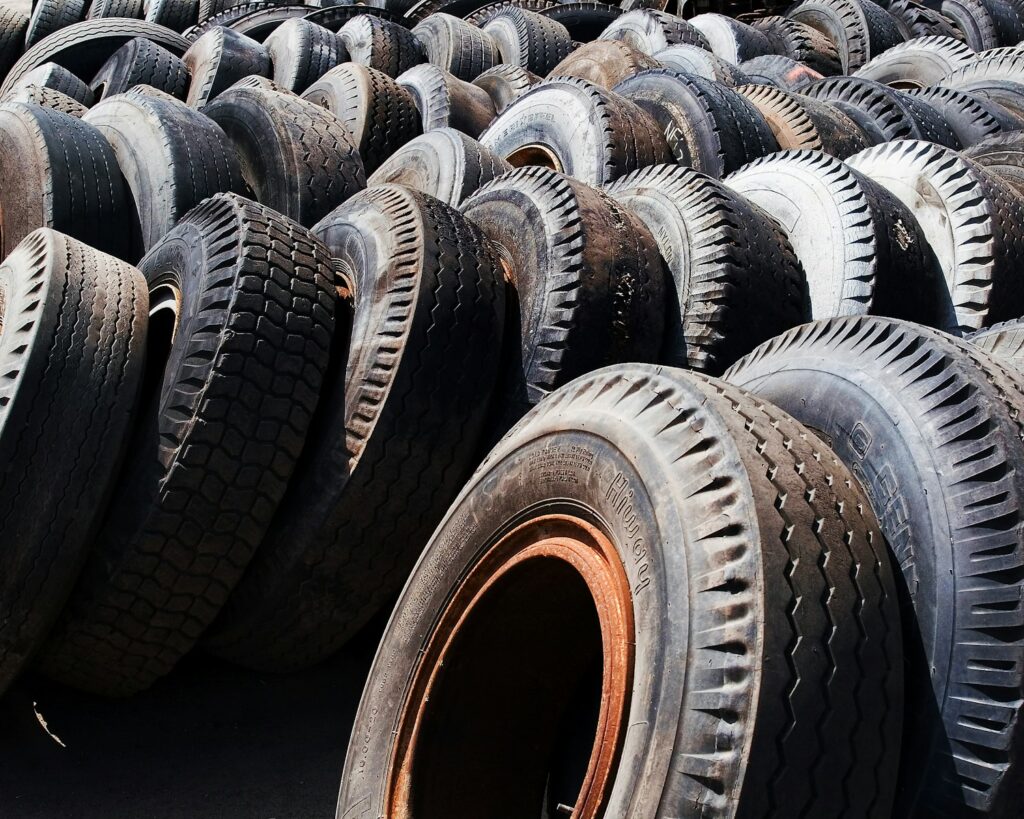
3. **Implement Regular Tire Rotation**Tire rotation is a cornerstone of good tire maintenance, primarily known for promoting even wear and extending tire life. However, it’s also an incredibly effective strategy for preventing flat spotting. By regularly changing the positions of each tire on your vehicle, you ensure that no single tire consistently experiences the same stresses in the same spot, which is vital in avoiding the localized deformation that leads to flat spots.
Consulting your owner’s manual for the recommended tire rotation pattern specific to your vehicle is key, as patterns can vary. However, a common and effective method is the cross-pattern, where front tires move straight back, and rear tires move diagonally forward. This strategic redistribution of tires across different axles and positions helps to balance the wear patterns and, crucially, prevents any one area of a tire from being subjected to prolonged, static pressure.
Professionals generally recommend rotating tires every 5,000 to 7,000 miles, or according to your vehicle’s specific maintenance schedule. Adhering to this schedule is not just about maximizing tread life; it’s a powerful preventative measure against flat spotting. By ensuring that different sections of the tire come into contact with the ground over time, you minimize the risk of any one area permanently flattening, contributing to a consistently smoother and safer driving experience.
Read more about: Mastering Your Heavy-Duty Diesel: 15 Essential Fluid Checks for Peak Performance and Longevity
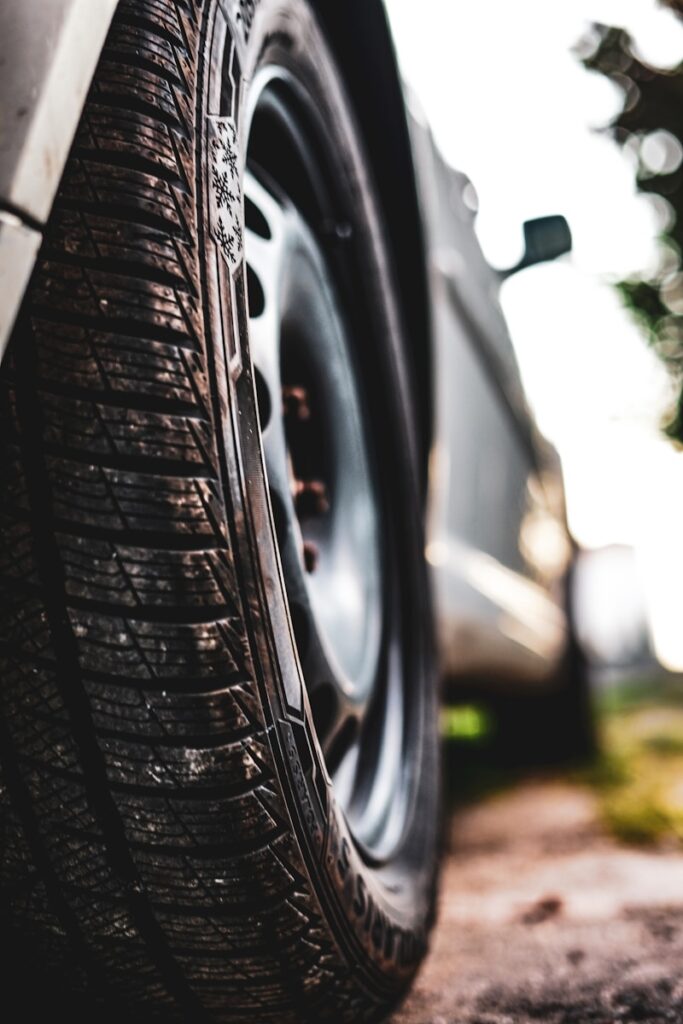
4. **Use Tire Supports**For vehicles that are destined to be stationary for extended periods—be it for seasonal storage, long-term parking, or project cars—tire supports are an ingenious solution to combat flat spotting. These specialized devices are designed to alleviate the direct pressure exerted on the tires by the vehicle’s weight, preventing the rubber from deforming under prolonged static load. They are an essential investment for anyone serious about preserving the integrity of their tires during inactivity.
Tire cradles, flatstoppers, and specialized parking mats work by evenly distributing the vehicle’s weight across a larger surface area of the tire or by cradling its natural curve. This significantly reduces the localized pressure point that causes flat spots to form. Similarly, utilizing jack stands to lift the vehicle off the ground entirely, or at least to take some pressure off the tires, is another highly effective method. This completely removes the static load from the tires, ensuring they retain their perfect round shape.
This strategy becomes even more critical if your vehicle is heavily loaded during storage. The additional weight amplifies the pressure on the tires, making them far more susceptible to flat spotting. Jacking up a heavily loaded vehicle can make a substantial difference, acting as a direct countermeasure against this increased stress. These tire storage solutions are not just accessories; they are vital tools for maintaining optimal tire condition and preventing costly, irreversible damage.
Read more about: 14 Simple Ways to Transform Your Health with Regenerative Farming Products

5. **Choose Optimal Parking Surfaces**The surface on which you park your vehicle, particularly for extended periods, can play a surprisingly significant role in whether your tires develop flat spots. Asphalt and concrete, common parking surfaces, can contribute to the issue due to their rigidity and, in the case of asphalt, their tendency to heat up. Being mindful of your parking environment can offer a simple yet effective layer of protection for your tires.
Whenever possible, consider parking your vehicle on softer, more yielding surfaces such as grass or gravel. These terrains allow for a more even distribution of the car’s weight, reducing the concentrated pressure on specific areas of the tires. This subtle change in terrain can prevent the rubber from settling into a flat shape, especially if the vehicle is going to be stationary for an extended duration. It’s a low-cost, high-impact adjustment to your parking habits.
Furthermore, it is strongly recommended to avoid parking on hot asphalt for extended periods. Heat causes tire rubber to soften, making it even more pliable and susceptible to flattening under the vehicle’s weight. Conversely, cold surfaces can cause the rubber to stiffen, locking in any deformation. By choosing cooler, more forgiving surfaces, you can help your tires maintain their resilience and shape, making it one of the simplest ways to prevent flat spotting from taking hold.
Diving deeper into the realm of advanced tire care and preventative measures, we now turn our attention to more specialized considerations and techniques. These strategies address specific characteristics of high-performance tires, the nuances of vehicle load management, and the application of innovative equipment designed to offer an extra layer of protection against the notorious flat spot. Maintaining the integrity of these sophisticated tires demands a comprehensive approach, combining meticulous habits with informed choices about equipment and storage.
This next phase of our guide provides actionable insights for dedicated enthusiasts and vehicle owners who seek to go beyond the basics, ensuring their high-performance tires remain in pristine, perfectly round condition, ready to deliver the exceptional ride quality they were engineered for. Let’s delve into these advanced prevention techniques that safeguard your investment and enhance your driving experience.
Read more about: Forever Fun: MotorTrend Ranks the 10 Most Dependable Coupes Built to Last for Years to Come
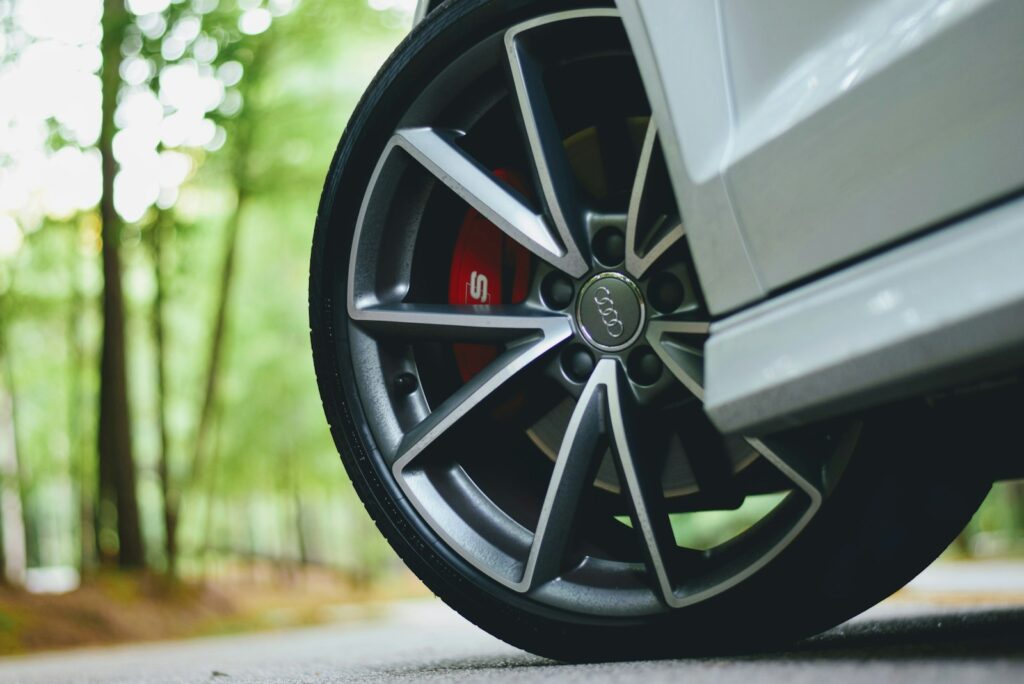
6. **Manage Vehicle Load During Storage**One often-overlooked factor in the battle against flat spotting is the vehicle’s weight, especially when it’s going into long-term storage. While any vehicle can develop flat spots, a heavily loaded car or truck exacerbates the problem, placing significantly greater stress on the tires’ contact patches. This amplified pressure increases the likelihood and severity of tire deformation, making it a critical consideration for prevention.
When a substantial load continuously presses down on a tire for weeks or months, the rubber compounds are subjected to intense, localized compression. High-performance tires, with their inherently softer and more flexible compositions, are particularly vulnerable to this increased static burden. The relentless weight prevents the tire from naturally flexing and recovering its shape, cementing any deformation that begins to occur.
To effectively counter this, consider strategies to alleviate the load. If possible, remove unnecessary heavy items from the vehicle before extended parking. This simple act reduces the total weight bearing down on the tires, giving them a better chance to maintain their structural integrity. Even a slight reduction in cargo can translate into less stress on the rubber.
For truly heavy vehicles, or those with non-removable heavy components, utilizing jack stands is an indispensable preventative measure. Lifting the vehicle, even partially, to take some pressure off the tires, or completely off the ground, removes the static load entirely. This ensures the tires are suspended and free from the constant downward force, allowing them to retain their optimal round shape without external deformation. It’s a direct and highly effective countermeasure against increased stress.
Read more about: Mastering Your Heavy-Duty Diesel: 15 Essential Fluid Checks for Peak Performance and Longevity
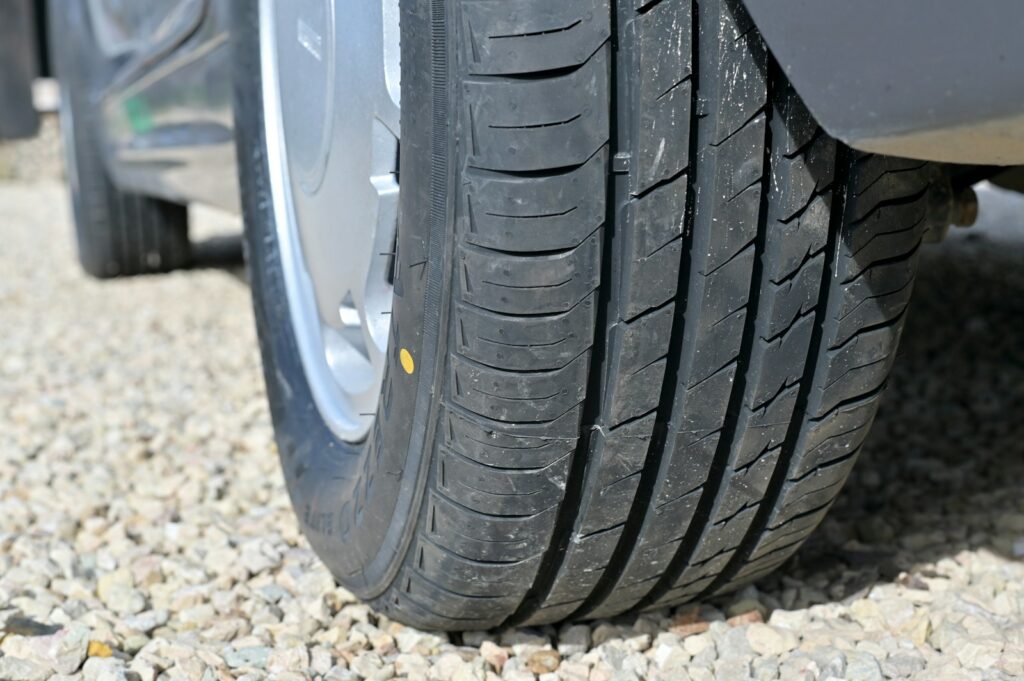
7. **Consider Tire Construction and Material**Not all tires are created equal, and their fundamental construction and material composition play a significant role in their susceptibility to flat spotting. While high-performance tires are prized for their grip and handling, their softer, more pliable rubber compounds, designed for superior road adhesion, also make them inherently more vulnerable to deforming under static weight, especially in colder conditions.
Understanding this intrinsic characteristic is key when selecting tires. If your driving habits or storage conditions frequently involve prolonged periods of inactivity, it might be beneficial to inquire about tires that incorporate features designed to mitigate flat spotting. Some manufacturers utilize specific rubber formulations or internal constructions that offer enhanced resistance to deformation, even when parked for extended durations.
While all-season tires, with their generally harder rubber compounds, tend to be less susceptible to flat spots, dedicated high-performance tires often prioritize performance over flat-spotting resistance. However, within the high-performance category, there can still be variations. Consulting with an automotive specialist about your specific needs and storage habits can guide you toward options that balance performance with durability against flat spots.
When you’re in the market for new tires, take the time to research or ask about models known for their flat-spotting resistance. While a perfectly round tire is the goal, some modern tire compounds are engineered with advanced materials that maintain elasticity and shape memory more effectively under prolonged static pressure. This informed choice can be a proactive step in preventing future issues, especially for vehicles that aren’t driven daily.
Read more about: Ignored No More: Unearthing the 16 Most Underrated Foreign Classic Cars of the 1990s
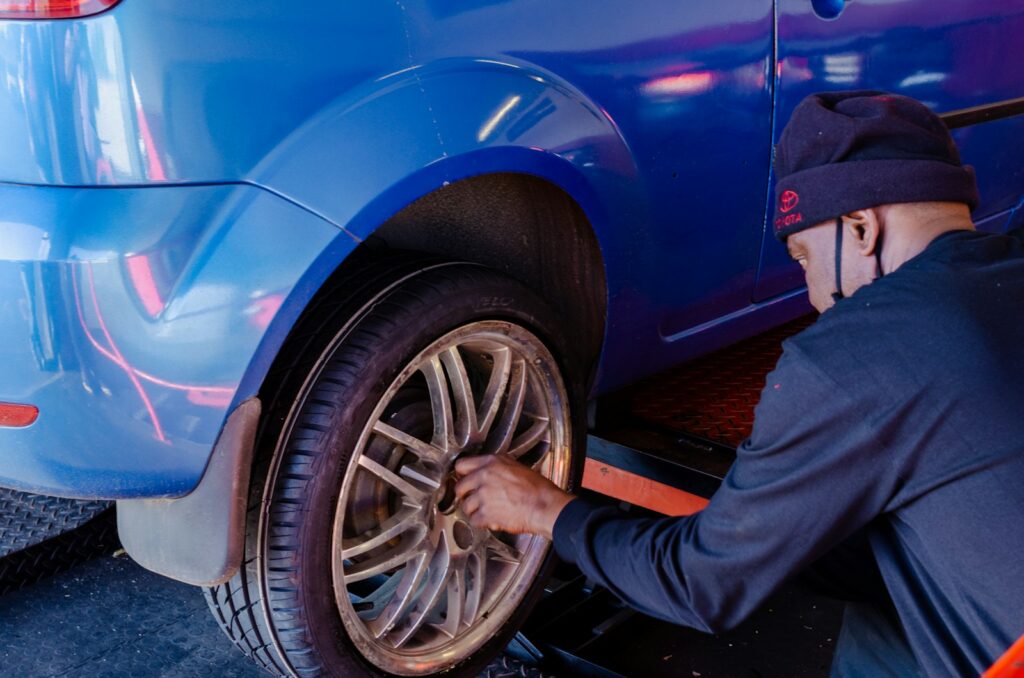
8. **Utilize Tire Warmers (for specific applications)**For the avid motorsport enthusiast or anyone involved in high-performance driving events, tire warmers represent a specialized yet incredibly effective tool in preventing flat spotting. While they may not be a practical solution for the everyday commuter, their application in specific scenarios offers a distinct advantage by actively influencing the tire’s rubber compound before the vehicle hits the road.
Tire warmers function by gently and consistently preheating the tire rubber to its optimal operating temperature. As the rubber warms up, it becomes more pliable and flexible. This increased elasticity means that any minor flat spots that may have begun to form during stationary periods are effectively ‘melted’ away, allowing the tire to return to its perfectly round shape before any driving even commences. It’s a method of prevention that leverages the material science of rubber.
In motorsports, where maintaining precise tire temperature and pressure is paramount for optimal grip and performance, tire warmers are a standard piece of equipment. They ensure that tires are not only free from flat spots but also ready to deliver peak performance from the very first lap. This eliminates the initial period of “driving away” flat spots, which can compromise handling and wear patterns during critical moments.
While the average driver won’t be wrapping their tires in warmers overnight, the principle highlights the importance of temperature in tire resilience. For those with high-performance vehicles destined for track days or competitive events, investing in a quality set of tire warmers can protect expensive rubber from flat spotting while simultaneously enhancing safety and performance. It’s an advanced, targeted solution for a specific set of driving demands.
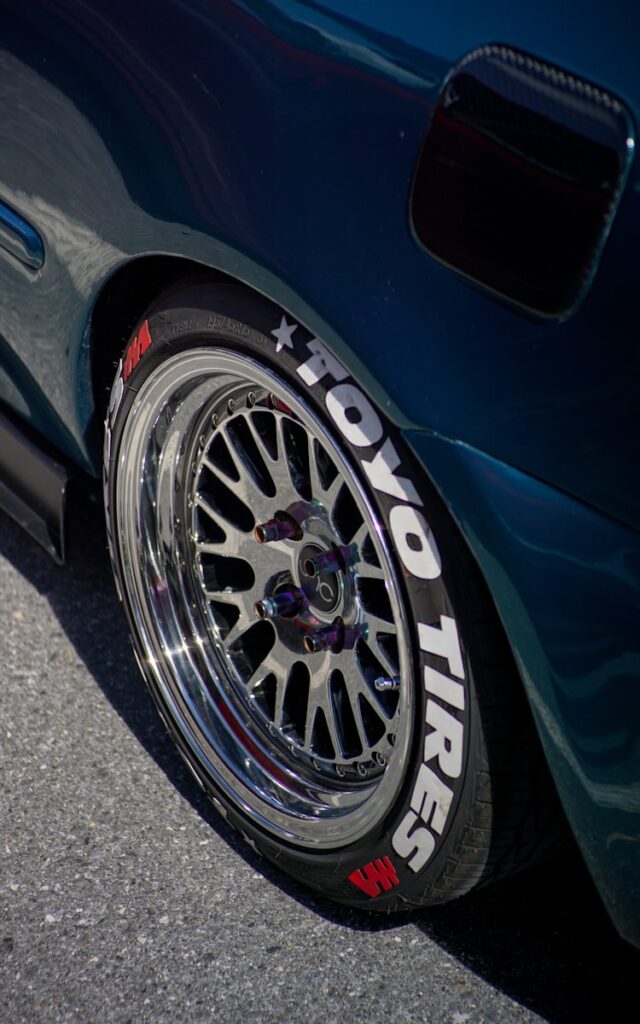
9. **Proactive Tire Inspection and Monitoring**Beyond simply checking tire pressure or adhering to rotation schedules, a truly proactive approach to preventing flat spotting involves regular, thorough inspection and ongoing monitoring of your tires. Think of it as a vigilant health check for your vehicle’s most critical contact points with the road. This goes beyond reactive measures, aiming to identify potential issues before they manifest as noticeable flat spots or ride disturbances.
This comprehensive inspection should involve more than just a quick glance. Physically examining the tread and sidewalls for any subtle irregularities, feeling for uneven sections, or observing any unusual bulging or flattening, especially after extended parking periods, is crucial. Even without visible flat spots, rhythmic thumping sounds or vibrations in the steering wheel during a slow test drive are telltale signs that demand immediate attention, indicating early stages of deformation.
The benefit of such proactive monitoring is early detection. Catching minor deformations before they become significant or permanent flat spots allows for simpler, less costly interventions. Perhaps a short drive is all that’s needed to warm up the rubber, or a slight adjustment to tire pressure can prevent further issues. This vigilance extends the life of your tires and maintains their performance characteristics.
Furthermore, consider regular professional inspections, especially if you store your vehicle for very long periods or have a highly specialized setup. Tire technicians possess the expertise and equipment to identify subtle issues that might be missed by the untrained eye, offering precise diagnostics and corrective actions. Their insights can be invaluable in maintaining the intricate balance and health of your high-performance tires.
Ultimately, proactive tire inspection and monitoring instill a habit of constant care. It’s an ongoing commitment to understanding your tires’ behavior and reacting promptly to any changes. This diligence not only helps in preventing flat spots but also contributes significantly to overall tire longevity, vehicle safety, and the consistent, smooth ride quality that every high-performance vehicle owner desires. By staying ahead of potential problems, you ensure your tires are always ready for the road, providing confidence and control.
Read more about: Mastering Your Heavy-Duty Diesel: 15 Essential Fluid Checks for Peak Performance and Longevity
Keeping your high-performance tires in peak condition, free from the annoyance of flat spots, is a blend of diligent routine maintenance, informed choices, and understanding the specific needs of your vehicle. From managing static loads to considering specialized equipment like tire warmers and committing to proactive inspections, each step contributes to the longevity and performance of your valuable rubber. By implementing these strategies, you not only prevent costly damage but also ensure that every journey is as smooth, safe, and exhilarating as it should be. The road ahead is long, and with these tips, your tires will be perfectly round to enjoy every mile of it.” , “_words_section2”: “1657

